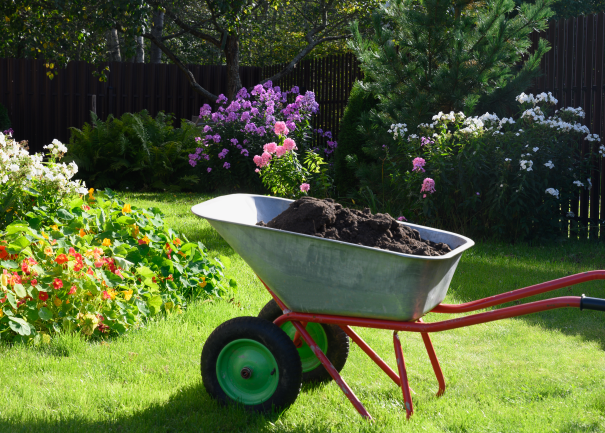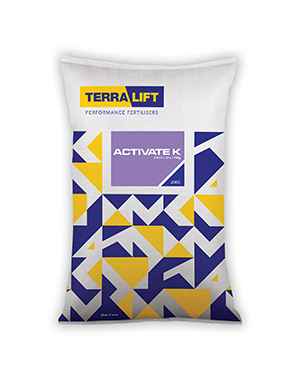Using Dynamic Lifter On Lawns
Yates Dynamic Lifter is an easy to use multi-purpose organic fertiliser that is popular with Australian home gardeners. Available from most garden centres and hardware stores, ...

 The principles of Organic Lawn Care involve replacing artificial lawn treatments and lawn care with more natural methods and thereby reducing the environmental impacts of our lawns. However, the only downside to Organic Lawn Care is that the early stages are often not as effective as the more traditional methods.
The principles of Organic Lawn Care involve replacing artificial lawn treatments and lawn care with more natural methods and thereby reducing the environmental impacts of our lawns. However, the only downside to Organic Lawn Care is that the early stages are often not as effective as the more traditional methods.
Lawn feeding, nourishment and fertilising is a prime example of these principles, where organic fertiliser products can provide many benefits, including feeding the lawn with natural organisms, minerals and vitamins that traditional fertilisers cannot do, but still fall short in supplying major nutrients to our lawns.
It’s at these times that we must find a balance between organic and traditional lawn care.
 Organic lawn care also tends to focus on continual soil improvement and ensuring soil health. Granular fertilisers such as Terralift TX Trace 3-6-2 20kg set a benchmark for organically derived nutrition and root-zone support.
Organic lawn care also tends to focus on continual soil improvement and ensuring soil health. Granular fertilisers such as Terralift TX Trace 3-6-2 20kg set a benchmark for organically derived nutrition and root-zone support.
Products, such as Terralift, focus very much on creating healthy soils which can provide all of the required plant nutrients (major and minor nutrients as well as required trace elements), buffer pH and toxic imbalances, and provide microorganisms that will ensure long term and permanent improvements to the soil. They do contain some inorganic fertilisers which help them to provide enough nitrogen to feed a heavy use lawn.
The best time to apply your organic lawn fertiliser in autumn is either late March or early April or during spring (when the ground has finally warmed-up). You can also make another application of organic lawn fertiliser during winter – preferably late June.
 Adding artificial fertilisers once or, perhaps, twice each year will greatly reduce our dependence on these products, and this is most certainly a good starting point in our organic lawn care practices by only adding the smallest amount of artificial fertilisers as needed.
Adding artificial fertilisers once or, perhaps, twice each year will greatly reduce our dependence on these products, and this is most certainly a good starting point in our organic lawn care practices by only adding the smallest amount of artificial fertilisers as needed.
The only problem with this option is that our lawns require balanced nourishment year-round, and not just once or twice a year. So by following this method, our lawns are deprived of some important nourishment for the most part of the year.
Now here is a much better solution in our organic lawn care.
Apply the artificial fertiliser more often throughout the year, but in much smaller quantities.
 That way our lawns are receiving all the nutrients they need throughout the year, while using no more fertiliser than the previous method, and using substantially less fertiliser than traditional lawn care which relies on chemical fertilisers alone.
That way our lawns are receiving all the nutrients they need throughout the year, while using no more fertiliser than the previous method, and using substantially less fertiliser than traditional lawn care which relies on chemical fertilisers alone.
This is both incredibly beneficial to our lawns and the environment.

Terralift Activate N 18-1-4+2Mg 20kg is a granular fertiliser that offers excellent maintenance and renovation for a dense lawn sward. Safe for use on Zoysia, Kikuyu, Couch and Buffalo grasses. Always read the safety directions and instructions on the product label before use.
SHOP NOW
Terralift Activate K 8-0-16 20kg is high potassium (K) granular fertiliser that promotes lawn strength and corrects soils deficient in K. Safe for use on Zoysia, Kikuyu, Couch and Buffalo grasses. Always read the safety directions and instructions on the product label before use.
SHOP NOW